.png)
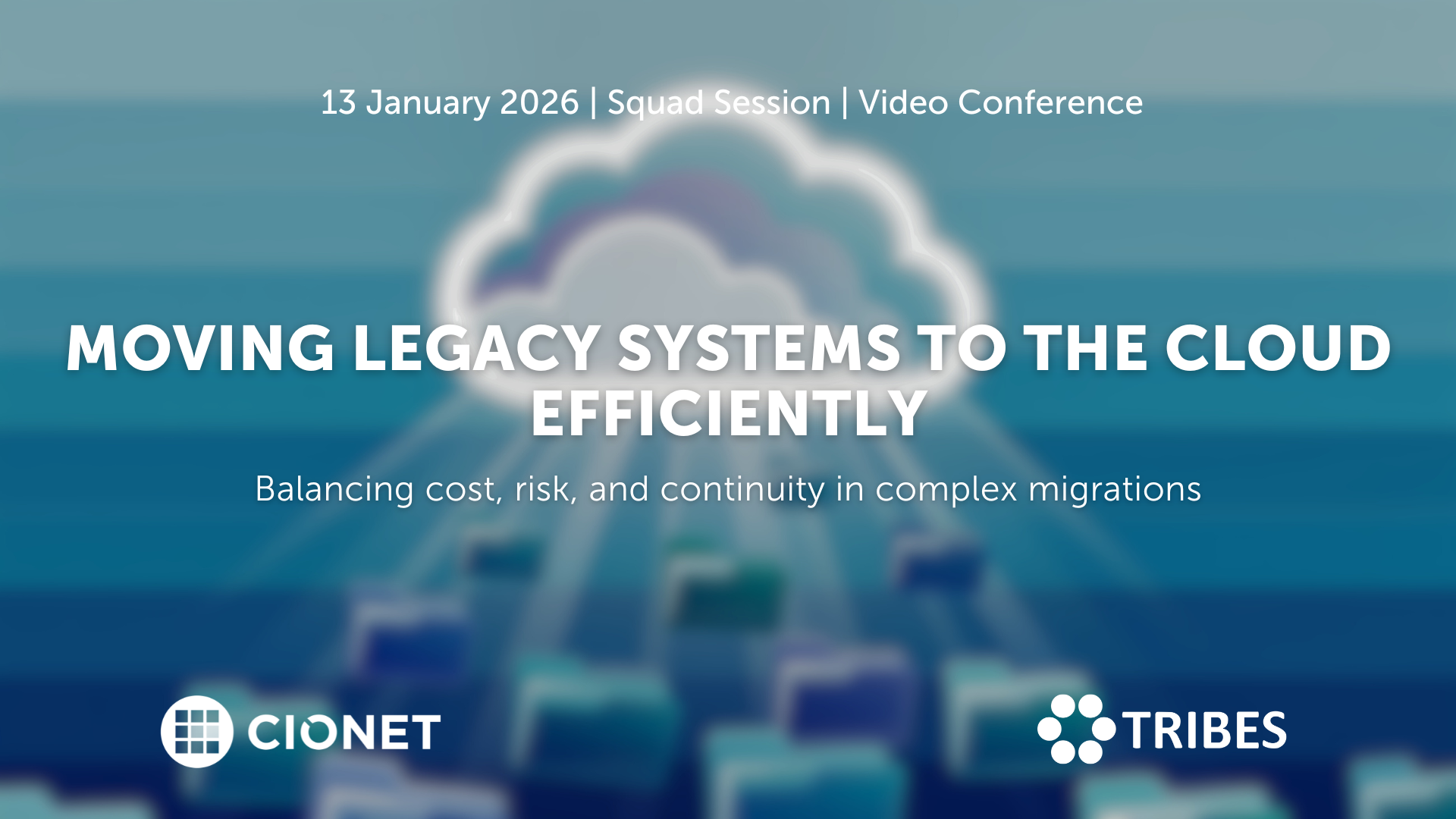
Belgium 13-1-26 Squad Only Virtual english
Migrating legacy systems to the cloud remains one of the toughest balancing acts in IT. Every choice affects stability, cost, and trust at once, and what starts as a modernisation effort quickly turns into a negotiation between ambition and reality. Suddenly budgets rise, dependencies appear late, and timelines tighten as old architectures collide with new expectations. In the end, success depends on sequencing, ownership, and aligning business priorities with infrastructure limits, and not only on technical readiness. Making it work requires more than a plan on paper. Knowing which systems genuinely belong in the cloud, which can wait, and which should stay put shapes the entire roadmap and defines its success. Each refactoring decision sets the level of future flexibility, but it also drives cost and risk. The trade-offs between speed, sustainability, and resilience only become clear once migration begins and pressure builds. Let’s discuss how to plan migrations that stay on track, manage hidden dependencies, and handle downtime with confidence. Let’s also discuss how governance, testing, and vendor coordination keep progress visible and credible. Are you in? A closed conversation for those who turn cloud migration from a disruption into a long-term advantage.
Read More.png)
Belgium 20-1-26 All Members Physical english
CIOs today are being judged less as technology leaders and more as portfolio managers. Every euro is under scrutiny. Boards and CFOs demand lower run costs, higher efficiency, and clear ROI from every digital initiative. Yet, they also expect CIOs to place bets on disruptive technologies that will keep the enterprise competitive in five years. This constant tension is redefining the role. In this session, we go beyond FinOps and cost reporting to tackle the strategic financial dilemmas CIOs face.
Read More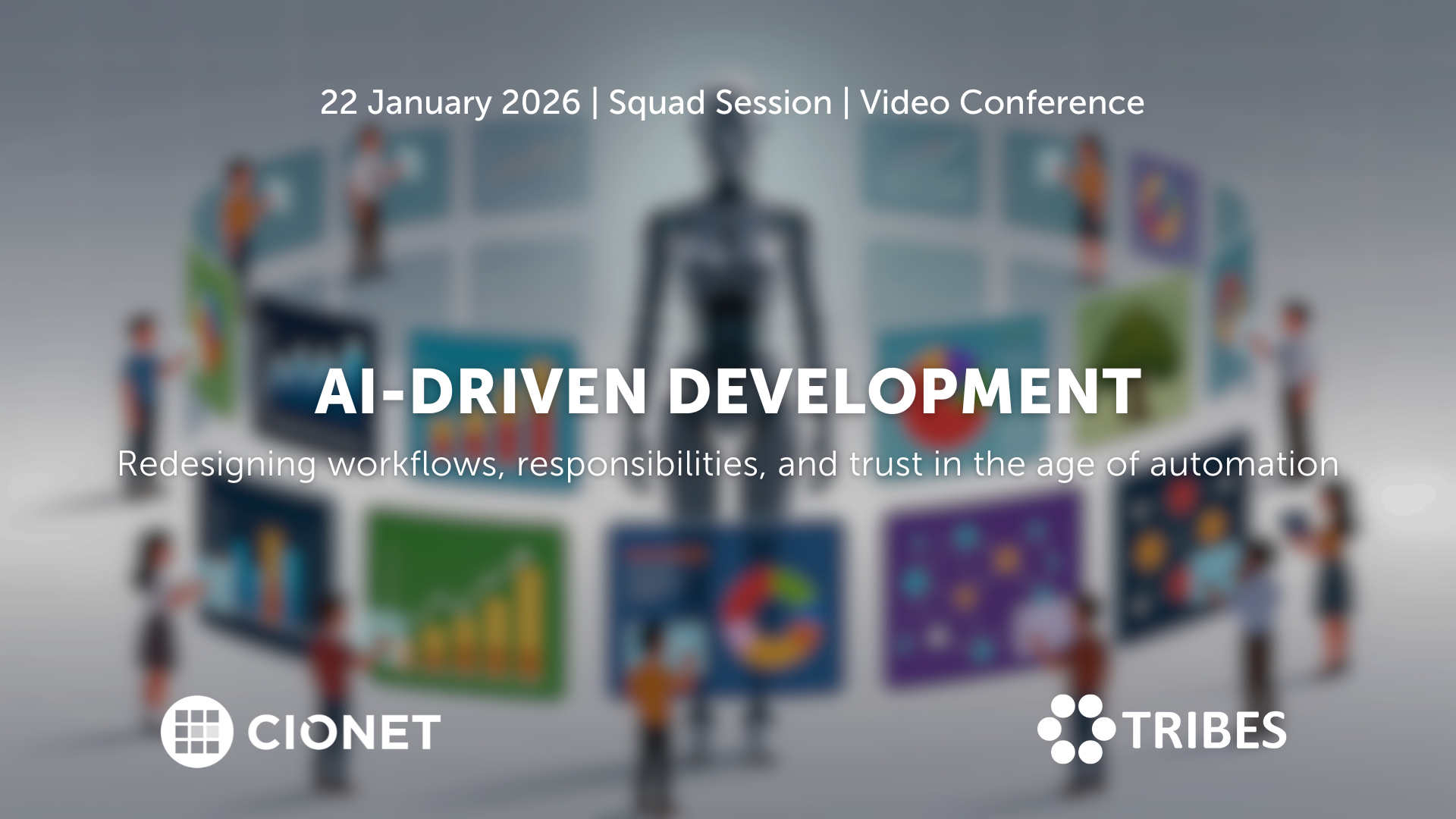
Belgium 22-1-26 Invitation Only Virtual english
AI coding assistants entered development teams quietly, but their impact grows by the day. What started as autocomplete now shapes architecture decisions, documentation, and testing. And when productivity gains are visible, so are new risks: security blind spots, uneven quality, and the slow erosion of shared standards. Teams move faster, but not always in the same direction. The challenge has become integration rather than adoption. And new questions have risen: how do you blend automation into established practices without losing oversight? When is human review still essential, and what should the rules of collaboration between developer and machine look like? As AI tools learn from proprietary code, where do responsibility and accountability sit? Let’s talk about how to redefine those workflows, balancing creativity with control, and protecting code quality in a hybrid human-AI environment. A closed conversation on where AI accelerates progress, where it introduces new debt, and how development culture must evolve to stay credible.
Read More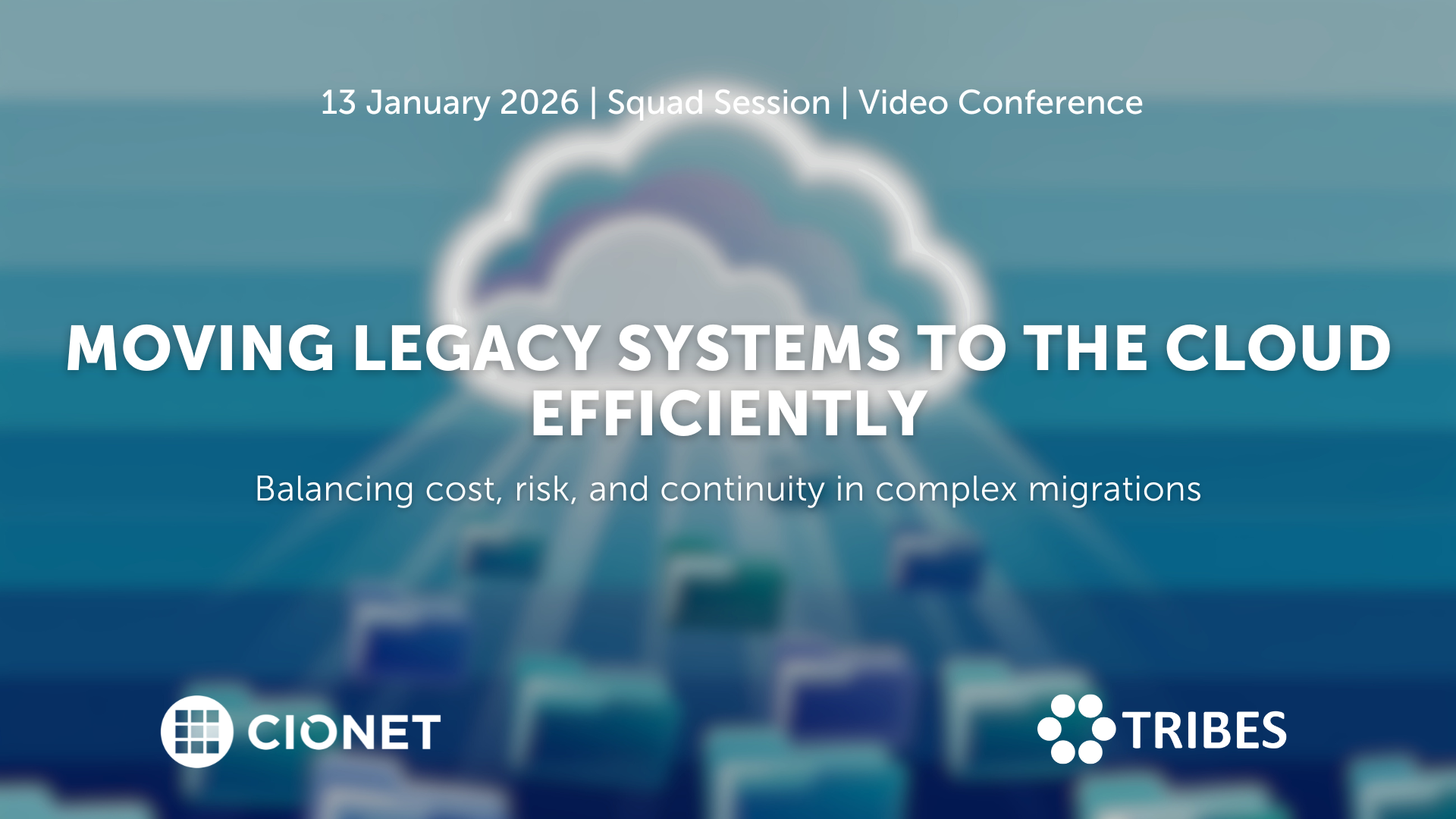
January 13, 2026 Squad Session Invitation Only Virtual english
Migrating legacy systems to the cloud remains one of the toughest balancing acts in IT. Every choice affects stability, cost, and trust at once, and what starts as a modernisation effort quickly turns into a negotiation between ambition and reality. Suddenly budgets rise, dependencies appear late, and timelines tighten as old architectures collide with new expectations. In the end, success depends on sequencing, ownership, and aligning business priorities with infrastructure limits, and not only on technical readiness. Making it work requires more than a plan on paper. Knowing which systems genuinely belong in the cloud, which can wait, and which should stay put shapes the entire roadmap and defines its success. Each refactoring decision sets the level of future flexibility, but it also drives cost and risk. The trade-offs between speed, sustainability, and resilience only become clear once migration begins and pressure builds. Let’s discuss how to plan migrations that stay on track, manage hidden dependencies, and handle downtime with confidence. Let’s also discuss how governance, testing, and vendor coordination keep progress visible and credible. Are you in? A closed conversation for those who turn cloud migration from a disruption into a long-term advantage.
Read More
January 22, 2026 Squad Session Invitation Only Virtual english
AI coding assistants entered development teams quietly, but their impact grows by the day. What started as autocomplete now shapes architecture decisions, documentation, and testing. And when productivity gains are visible, so are new risks: security blind spots, uneven quality, and the slow erosion of shared standards. Teams move faster, but not always in the same direction. The challenge has become integration rather than adoption. And new questions have risen: how do you blend automation into established practices without losing oversight? When is human review still essential, and what should the rules of collaboration between developer and machine look like? As AI tools learn from proprietary code, where do responsibility and accountability sit? Let’s talk about how to redefine those workflows, balancing creativity with control, and protecting code quality in a hybrid human-AI environment. A closed conversation on where AI accelerates progress, where it introduces new debt, and how development culture must evolve to stay credible.
Read More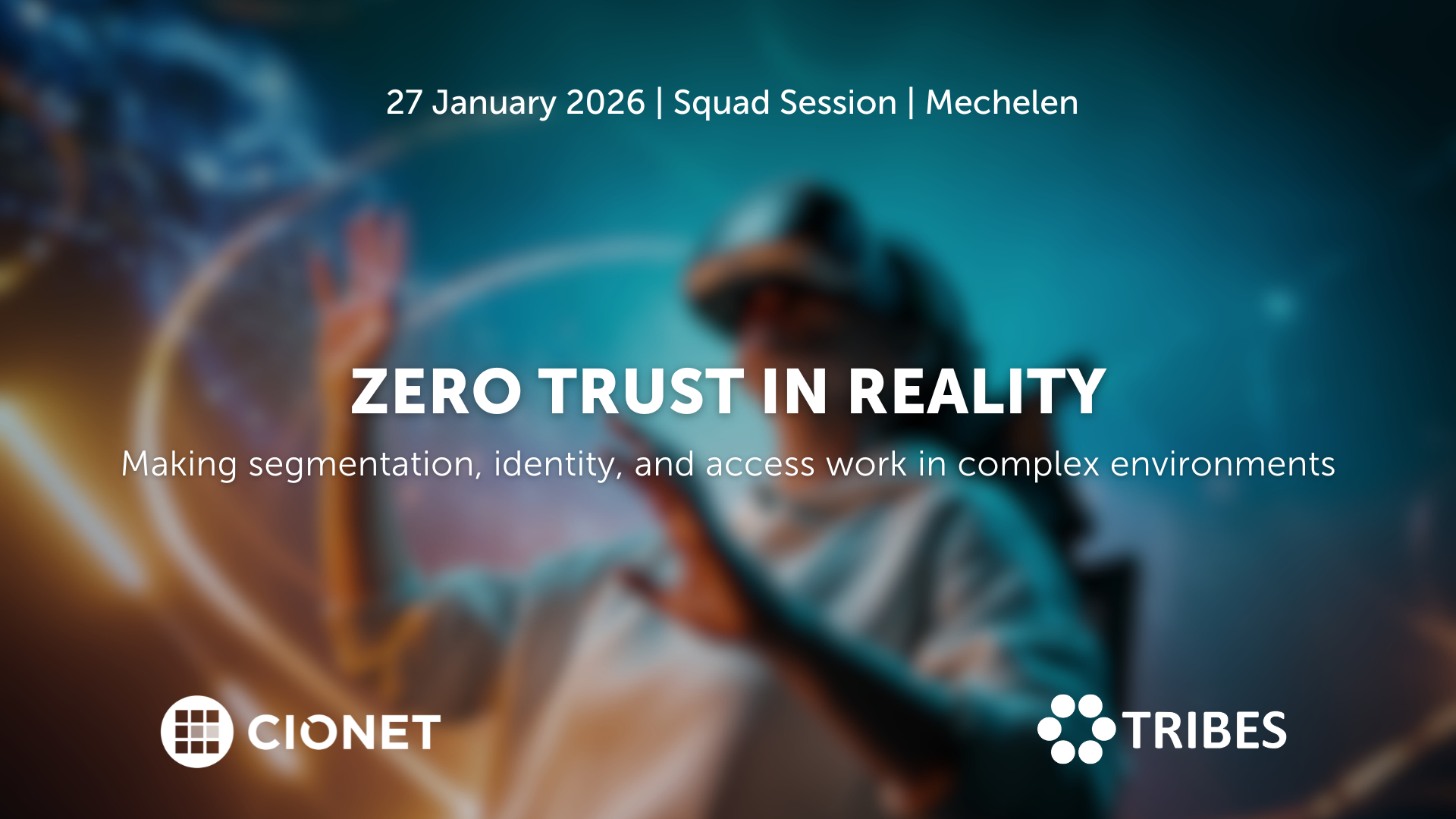
January 27, 2026 Squad Session Invitation Only Physical english
Zero Trust sounds simple on paper: trust no one, verify everything. But once you start implementing it, the fun begins. Legacy systems, hybrid networks, and human habits don’t read the manual. The idea is solid; the execution, not so much.
Read More
CIONET Trailblazer: AI Transformation: Bridging the Cultural Divide to Achieve Competitive Advantage
Published on: December 17, 2025 @ 9:16 AM
Fluxys: Embracing hybrid working through next-generation collaboration tools
As a critical energy infrastructure company, Fluxys needs to operate 24/7 and collaborate effectively with its teams across Europe. The company continues to grow internationally and has recognised the value that hybrid working can offer. In 2019, the company began a project to implement Microsoft collaboration tools.

“Don’t assume people will think a new tool is great just because it looks nice. If you don't properly show them what the tool can do and how it adds value to daily life – it will never be a success.”
Jérôme Van der Meerschen, Digital Workplace Manager at Belgian energy infrastructure group Fluxys, is talking about the importance of proper change management when introducing new technologies and how Microsoft collaboration tools are facilitating hybrid working across the organization.
“For a long time we did not have much need for extended collaboration tools,” he says. “If you needed to see someone it would be in person – whether that’s meeting in the office to travelling to where a colleague is based. But then COVID-19 lockdowns were brought in and everything had to change.”
As a critical energy infrastructure company, many Fluxys employees still had to come into the office or be in the field during government lockdowns while others worked from home under new restrictions. Suddenly the organization needed to find a way to safely keep its essential services going and collaboration between employees wherever they were working.
“Our company introduced new internal policies around home working that forced us to rethink how we collaborate and what technologies could help make this a successful transition,” continues Jérôme Van der Meerschen. “None of us knew how long COVID would be around for, but it was clear that hybrid working would become more of a standard for Fluxys – and that meant thinking beyond everyday tools to facilitate remote working.”
Headquartered in Belgium, Fluxys is a fully independent energy infrastructure group with 1,300 employees active across three key areas. Managing liquefied natural gas (LNG) terminals in Belgium, France and Greece, operating 12,000km of gas transmission pipelines across Europe and Brazil, and storing natural gas in Fluxys’ facilities in Belgium.
“I'm responsible for the digital workplace at Fluxys and managing all aspects that come into contact with our end users,” explains Jérôme Van der Meerschen. “From the laptops and telephone systems we use to collaboration tools and equipment in our meeting rooms – all making sure everyone can work efficiently from anywhere in the world.”
With the larger part of Fluxys employees based in Belgium, the company’s focus for workplace technologies had primarily been on office-based solutions. But as the organization continued to expand globally, Fluxys saw a potential for hybrid working and began a pilot project in 2019 to digitally transform the company for a more flexible working model.
“We had already introduced Microsoft 365 as standardized tools to use across our Belgium offices. But the company was growing beyond Europe with new offices opening in Singapore and Brazil, which provided a greater need for everyone to start using collaboration tools like Microsoft Teams,” he says.
“Transforming meeting rooms was also part of our digital workplace roadmap. We were looking for new technologies that could add more value than a simple projector or PC and, after seeing a Surface Hub in use, we wanted to explore the user benefits of these devices and how easily they could integrate with our IT infrastructure.
“That’s when we decided to start a Proof Of Concept (POC) to let some of our users in the office get hands-on with the Surface Hub 2.”
When COVID-19 restrictions came into effect in March 2020, many Fluxys employees suddenly transitioned to remote working with a small number of key workers still in the office or in the field to maintain its critical infrastructure operation. With Microsoft collaboration tools already in place, the company was able to fully migrate all its users over to Microsoft Teams in just three days with minimal disruption.
“The fact that our users were already familiar with the Microsoft suite was a big advantage. But collaborating when everyone’s at home or everyone’s in the office is easy – it's when you have a mix of both that working productively gets more tricky.”
Following a successful POC, Fluxys decided to enhance the collaboration between users based in its offices and at home by implementing a mix of Surface Hub 2 devices and dedicated Microsoft Teams meeting rooms. “Everything integrated smoothly with our IT ecosystem and it quickly made having meetings really easy for people still in the office,” he says.
“Someone could just enter a room and start a Teams meeting in one click. Then the Surface Hub 2 provided a dedicated device to access OneDrive files or collaborate over SharePoint documents – all features that make holding meetings more efficient whether in person or virtually.”
To help users quickly adopt these new collaboration tools, Fluxys decided to develop a digital coaching service together with their Microsoft partner. This offered training through Microsoft Teams that explored how to get the most out of the Surface Hub 2 devices, as well as self-help content and change management training to help everyone embrace a hybrid-workplace environment.
“We wanted to show that Surface Hubs were more than just a whiteboard for the meeting room and how they could help make everyday life easier,” he adds . “Once we demonstrated what these devices could do, the majority of people were sold immediately and now everyone is using Teams and these tools on a daily basis.”
Now as Fluxys enters 2022, the company’s workplace has been transformed into a dedicated hybrid-working environment.
“We've now upgraded every meeting room to these Microsoft systems and also created new spaces where Surface Hubs can be used as collaboration screens to help us work in a more agile way,” says Jérôme Van der Meerschen.
“We recently ran a survey to see what our users thought of these changes and the results were really positive. Some people are favoring the dedicated Microsoft Teams rooms if they want to just have a meeting without any fuss. Others like the Surface Hubs for the extra collaboration tools they offer, which is why it’s great we have this balance to suit all of our users’ needs.”
Part of the organization’s successful adoption was its approach to standardization – making sure the same equipment was integrated into every room so users only had to be onboarded on one new technology to use going forward. “Simplification was key to our digital workplace roadmap and having the same user interface in each room really helped in that way,” he explains.
“Both the Surface Hubs and Microsoft Teams room systems integrate perfectly with the Microsoft tools everyone is used to, which takes away that technological barrier for ‘how do I turn this on’ or ‘where do I find this program’. Both helping people get more out of their meetings and also removing any frustrations when trying to host a meeting with people outside the office.”
With everyone now using Microsoft Teams and Surface Hub 2 devices daily across Fluxys, the company has seen a positive change to its meeting culture across the organization. A refreshed mindset that is removing negative stigma towards solving problems virtually and helping employees find a better work-life balance.
“We do more online now than we ever used to and that requires a seamless integration with the technology people are using both in and outside the office,” says Jérôme Van der Meerschen.
“Now that we've standardized the meeting rooms in every office, collaboration can happen virtually from anywhere. Even our technicians have access to Teams on their field devices, which allows them to attend company meetings and improves communication between the technicians themselves. All helping reduce the travel needs for everyone across Fluxys and making our company more sustainable in the way we work.”
With over 1,000 employees now successfully collaborating in a hybrid-working model, Jérôme Van der Meerschen is confident that the key to his company’s transformation has been keeping people at the center of every decision. Ensuring that Fluxys isn’t just providing them with new technology to do their job, but making sure they understand exactly how it brings value to what they do day after day.
“Bringing new technology to people is easy. But making sure that they use it in the best way possible is something completely different,” he says in summary. “You need to focus on the people, on the adoption, and on the change that these tools will bring – and that's something that people sometimes forget when introducing new technologies.”
300 Views 0 Likes Read More

Digital Transformation is redefining the future of health care and health delivery. All stakeholders are convinced that these innovations will create value for patients, healthcare practitioners, hospitals, and governments along the patient pathway. The benefits are starting from prevention and awareness to diagnosis, treatment, short- and long-term follow-up, and ultimately survival. But how do you make sure that your working towards an architecturally sound, secure and interoperable health IT ecosystem for your hospital and avoid implementing a hodgepodge of spot solutions? How does your IT department work together with the other stakeholders, such as the doctors and other healthcare practitioners, Life Sciences companies, Tech companies, regulators and your internal governance and administrative bodies?
Read More
The Telenet Business Leadership Circle powered by CIONET, offers a platform where IT executives and thought leaders can meet to inspire each other and share best practices. We want to be a facilitator who helps you optimise the performance of your IT function and your business by embracing the endless opportunities that digital change brings.
Read More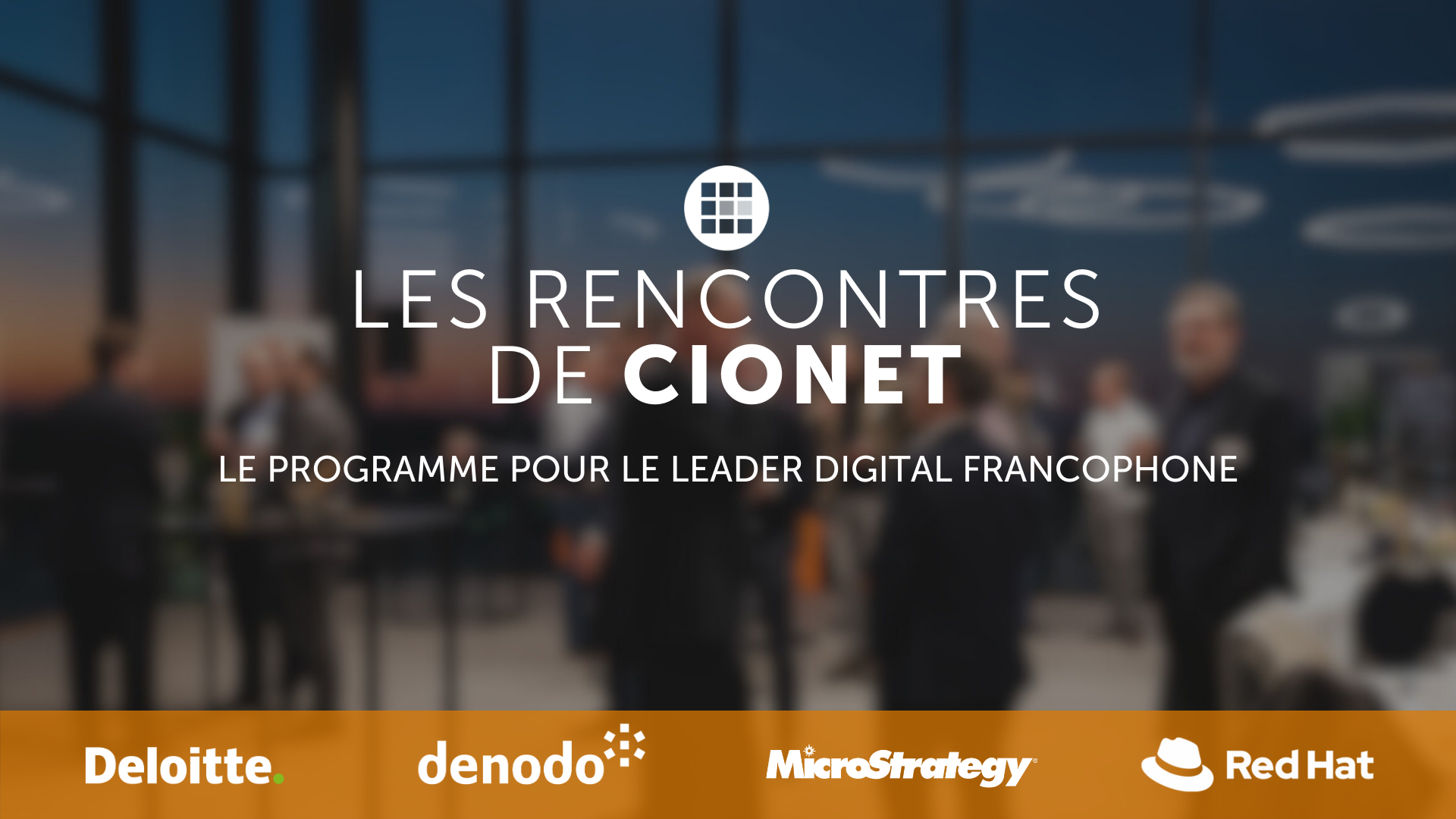
Découvrez la dynamique du leadership numérique aux Rencontres de CIONET, le programme francophone exclusif de CIONET pour les leaders numériques en Belgique, rendu possible grâce au soutien et à l'engagement de nos partenaires de programme : Deloitte, Denodo et Red Hat. Rejoignez trois événements inspirants par an à Liège, Namur et en Brabant Wallon, où des CIOs et des experts numériques francophones de premier plan partagent leurs perspectives et expériences sur des thèmes d'affaires et de IT actuels. Laissez-vous inspirer et apprenez des meilleurs du secteur lors de sessions captivantes conçues spécialement pour soutenir et enrichir votre rôle en tant que CIO pair. Ne manquez pas cette opportunité de faire partie d'un réseau exceptionnel d'innovateurs numériques !
Read More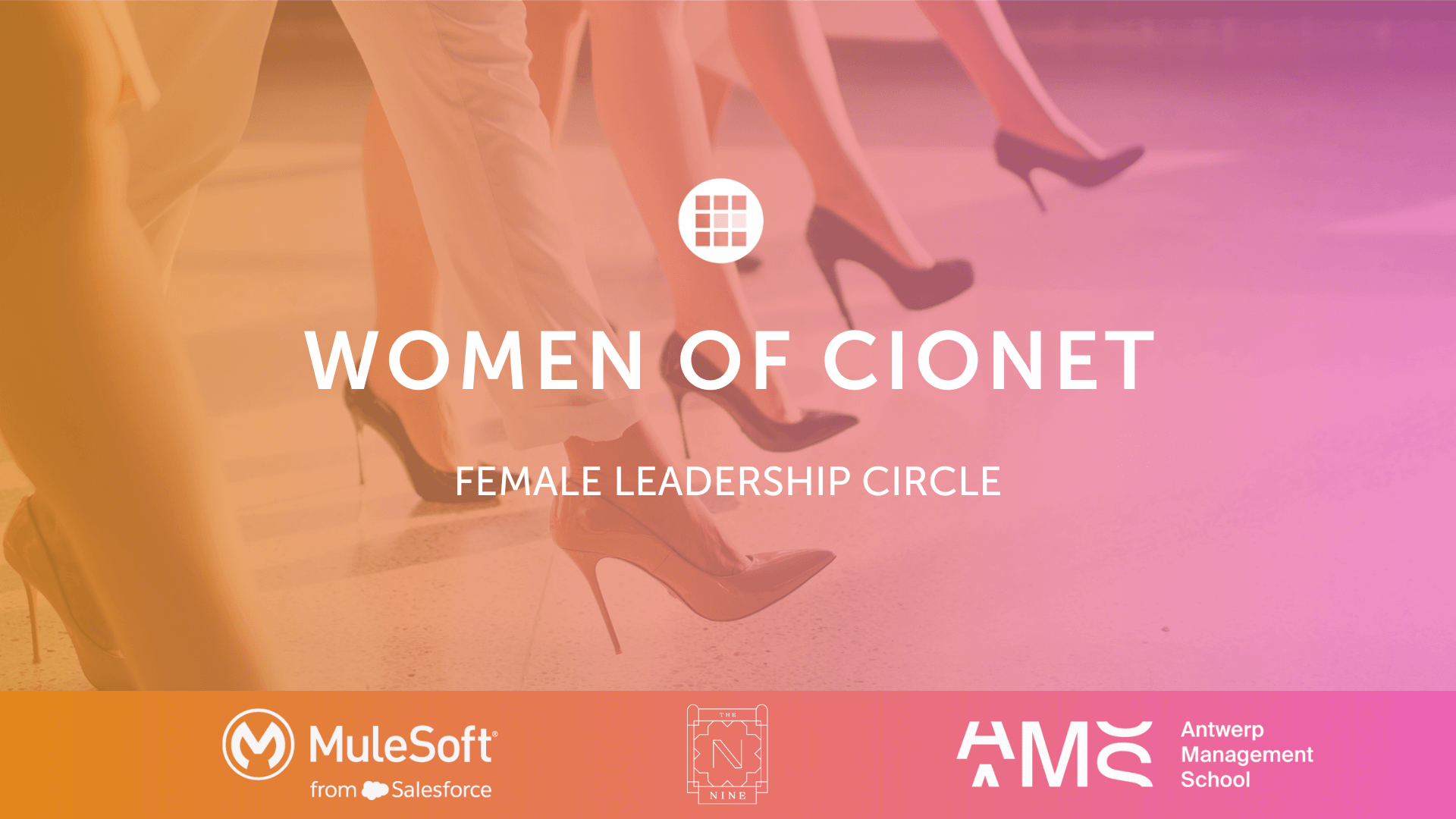
CIONET is committed to highlighting and celebrating female role models in IT, Tech & Digital, creating a leadership programme that empowers and elevates women within the tech industry. This initiative is dedicated to showcasing the achievements and successes of leading women, fostering an environment where female role models are recognised, and their contributions can ignite progress and inspire the next generation of women in IT. Our mission is to shine the spotlight a little brighter on female role models in IT, Tech & Digital, and to empower each other through this inner network community.
Read More


-Apr-01-2022-10-58-34-57-AM.png)





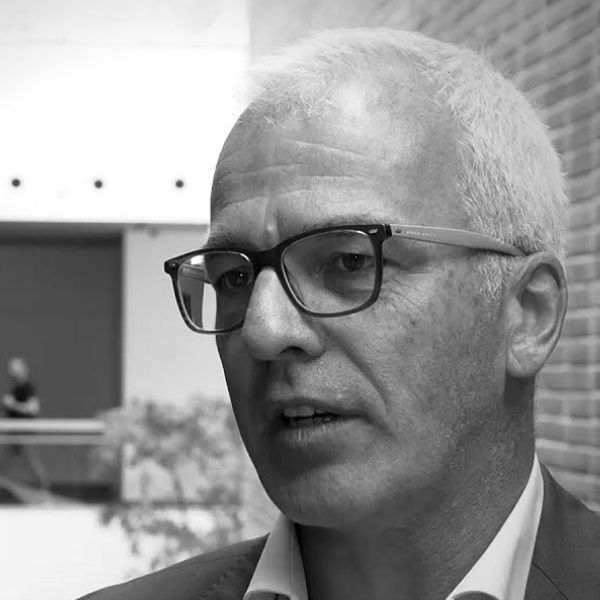





-Dec-13-2023-10-53-15-5032-AM.png)

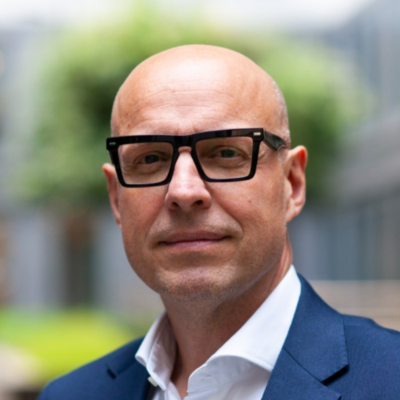


-Jun-12-2023-01-23-11-7540-PM.png)

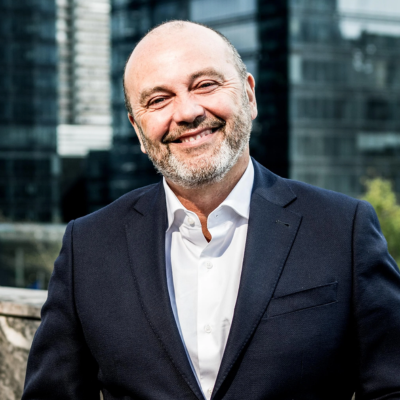



-Apr-01-2022-10-58-34-68-AM.png)



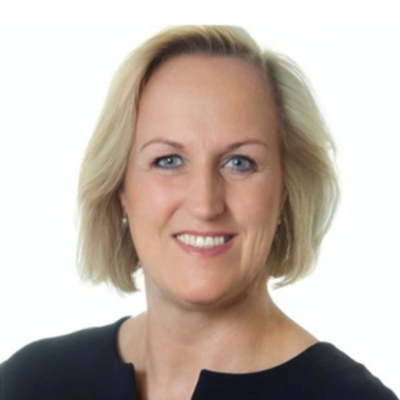
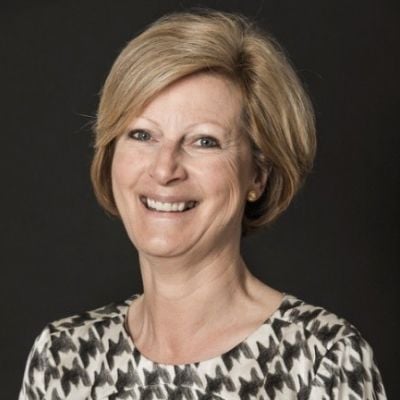





-2.jpg)




-Sep-01-2022-02-47-55-60-PM.png)
-Nov-22-2023-08-56-42-6802-AM.png)
.png)

Would you like to know more about CIONET Belgium, membership or partnership opportunities? Do you have feedback or any other question? Send us a message!
You can either send us a registered handwritten letter explaining why you'd like to become a member or you can simply talk to us right here!